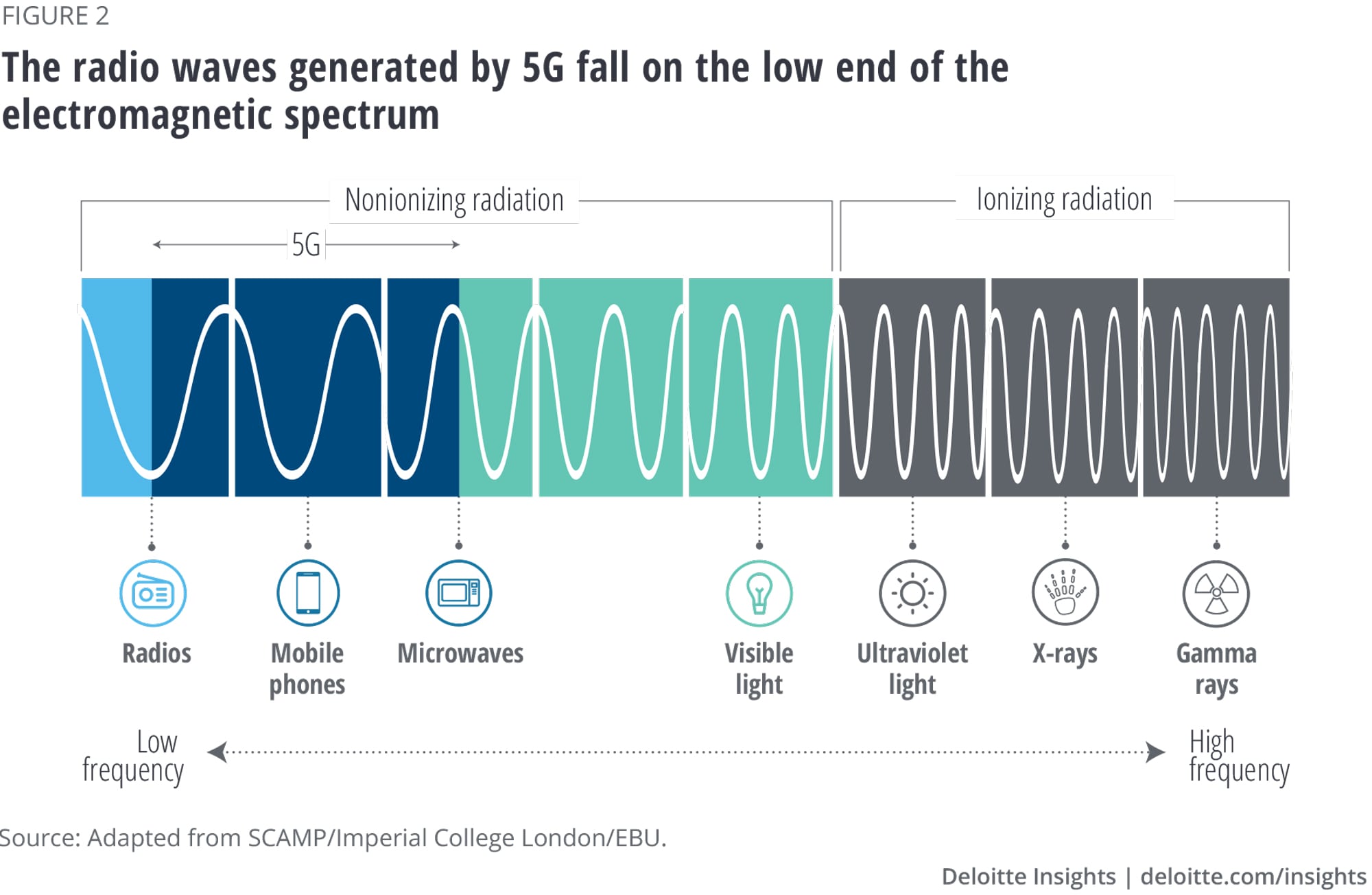Health Effects of 5G Radiation

The health effects of the 5G radiation are being debated, however one study suggests a link between RF radiation and the development of cancers in male rats. The study was classified up until it was removed on the 12th of December 2012 by the Central Intelligence Agency, but it shows that radiofrequency can cause cancer in animals, including humans. Researchers were exposed to male rodents for 15 days , and found that they developed the same kinds of cancers that human beings do.
Health effects of radiation from 5G
The rapid expansion of wireless communication has led to the creation of 5G technologies, there are growing concerns regarding the health risks of radiation from 5G. Although higher frequencies do not affect the body as much as the older technology, researchers have pointed to possible health effects that are systemic and have called for further studies. To ensure that the population is protected to protect the population, there is a need for the European Commission is requesting independent studies to determine whether the technology could pose any health hazards.
It is crucial to remember that there's a substantial number of misinformation about the health effects of 5G, and it is crucial to clear any misconceptions that persist. Although the technology isn't yet widespread however, there are many people who are being told it can cause health issues typically via social media where sexy language is used.

Beamforming technique
Beamforming is one of the most vital technologies in five-G networks. It is a method of operation that makes use of multiple radiating elements to create narrow beams. The aim for beamforming is minimize how much unwanted radiation is reflected within the signal that results. This method is widely used for wireless communication systems, and is essential for the 5G's cost-effective coverage.
Additional reading by electronically weighing the signals of each antenna. does 5g emit radiation creates a smaller beam of radiation which increases cell coverage indoors and at the cell's edges. This is crucial because poor coverage can cause low user satisfaction. In addition to improving the signal, beamforming helps reduce the amount of interference that a user receives from other devices.
Power density
The power density of 5G radiation coming from cell towers will be comparable to previous generations of 4G and 3G systems. The reason for the lower power is the sensitiveness of electronic components. The highest radiation output of a 2G phone was approximate 2 Watts, while that of a 4G handset was about 200 milliwatts.
The power density is a measure of how much electromagnetic energy is absorbed by the body from a particular distance. The power density of radiation 5g is usually measured in the watts per square metre. Contrary to the SAR measurement, it is an actual measurement of the quantity of electromagnetic energy that can be found in an area. The parameters for power density can be different for mobile devices and wearables according to their operating frequencies and distance.
5g radiation (SAR) is a measurement which measures the speed at which a certain frequency depositions power in human tissues. In general, a SAR value is not more than two watts per kilogram of body mass. This figure is derived through the electrostatic field in tissues as well as the mass density, which is measured in kilograms per cubic meters. The method was recent used to determine the antenna design.
The new radio technologies which comprise the 5G network operate on frequencies below 6 GHz. These frequencies are known as millimeter waves. However, the FCC's SAR compliance test only applies to frequencies of up 6-GHz. Furthermore to that, the SAR test demands that measurements be conducted with phantoms made of tissue simulating media.
Skin health effects
We know very little about the effects of 5G radiation on the skin. The existing knowledge is limited because of the absence of experiments in vivo and theoretic models. However, there is an urgent need for further studies on the effects of 5G radio frequency radiation on the human skin. Using 5G radio frequencies can cause skin damage particularly to the epidermis, which is one of the most sensitive parts.
Unlike 4G, 5G radiation is a high frequency which has been proven to increase the temperature of human body tissues. Human bodies are dipolar, and the higher frequency of radio waves from 5G will cause heat in the skin. Exposure to 5G radio frequencies can also affect other organs in the body, such as the brain.
